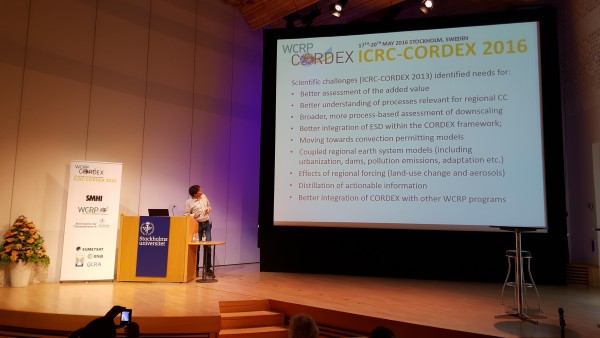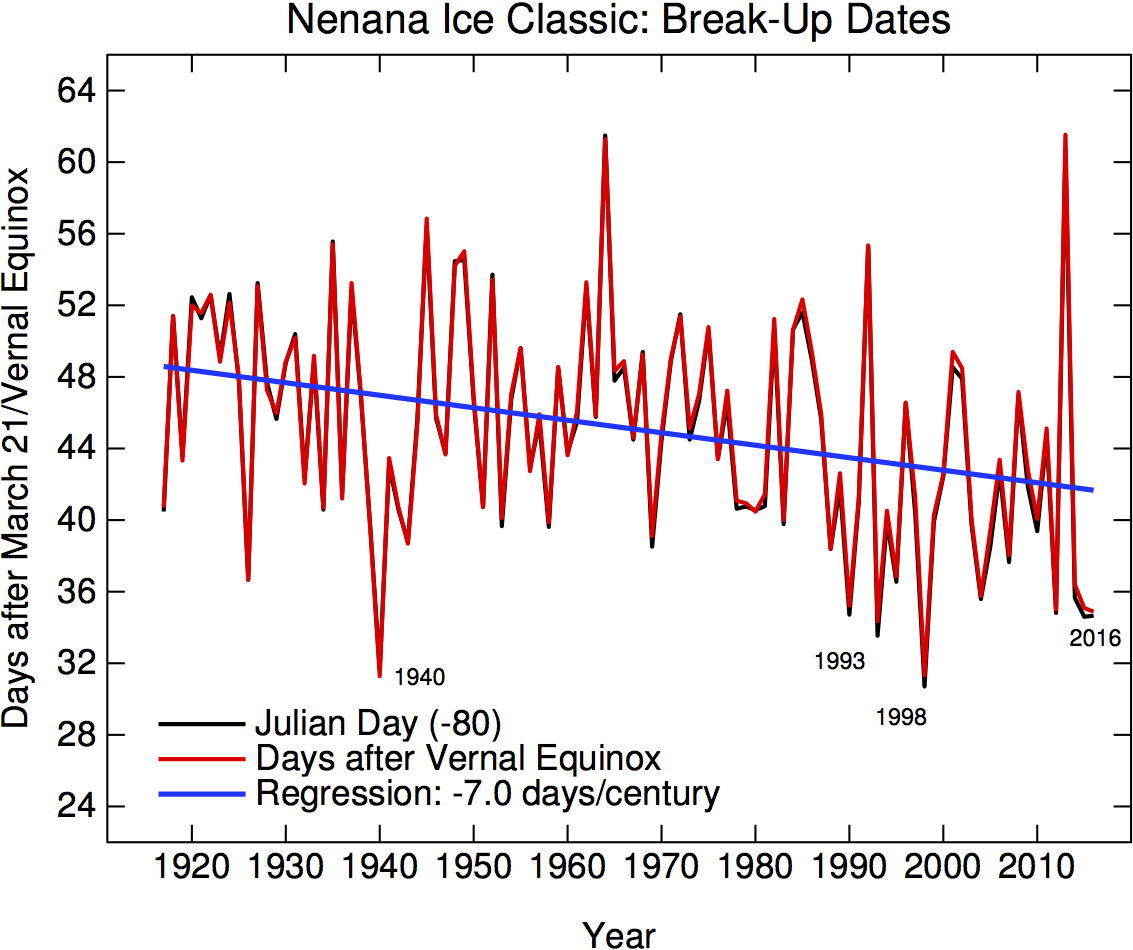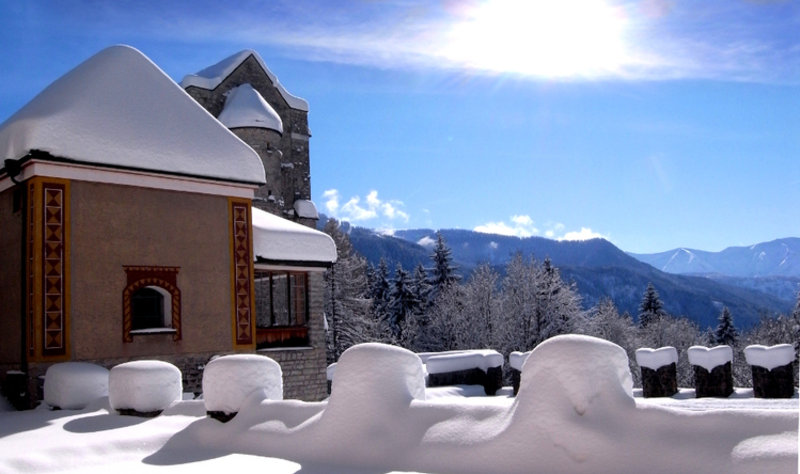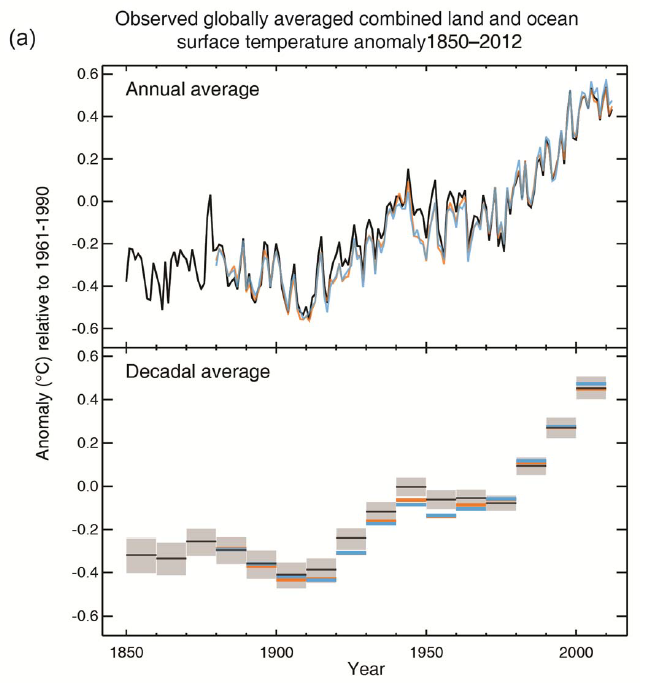I have a post at Nate Silver’s 538 site on how we can predict annual surface temperature anomalies based on El Niño and persistence – including a (by now unsurprising) prediction for a new record in 2016 and a slightly cooler, but still very warm, 2017.
[Read more…] about Predicting annual temperatures a year ahead


 Some of you will be aware that there is a
Some of you will be aware that there is a 